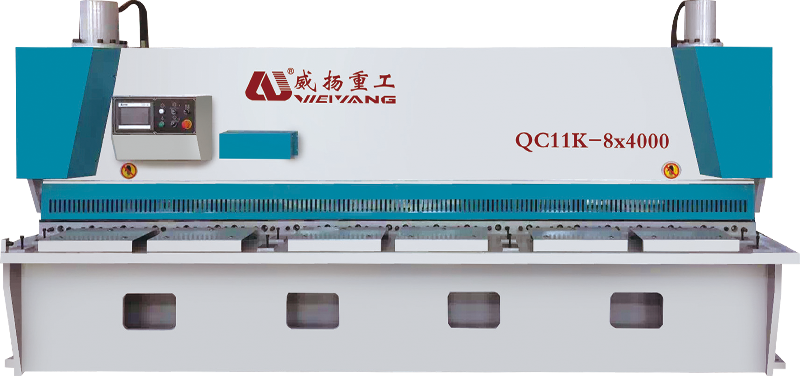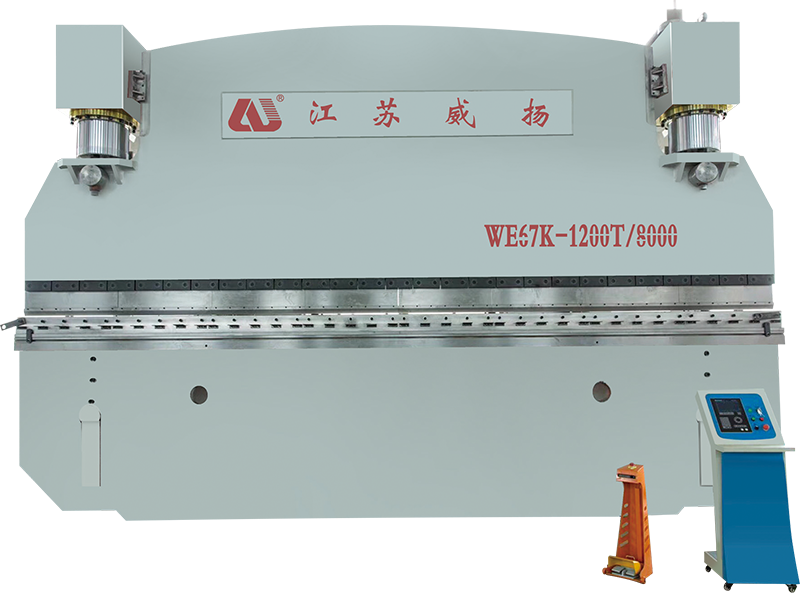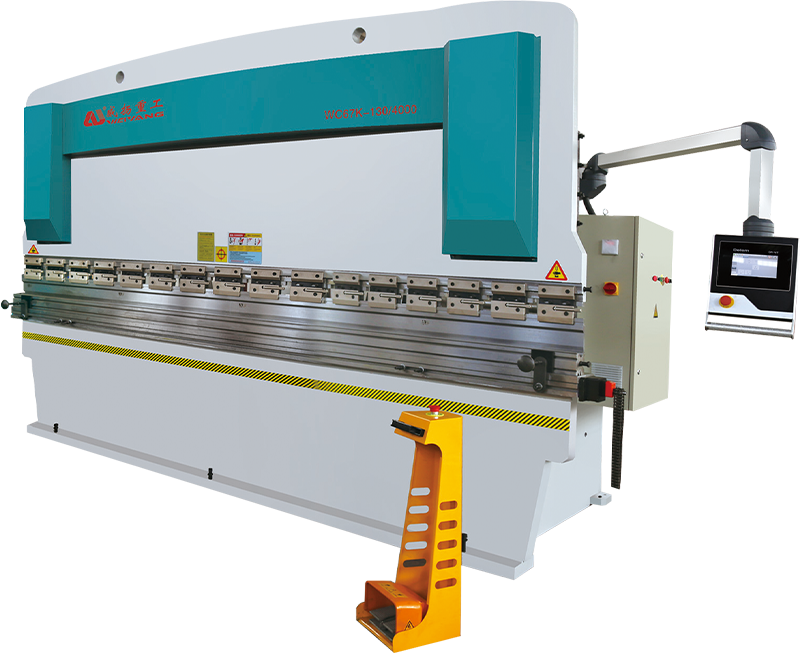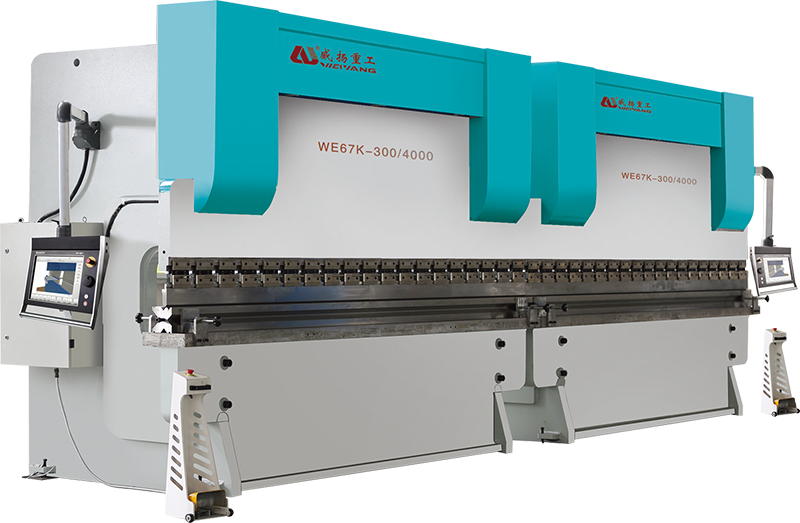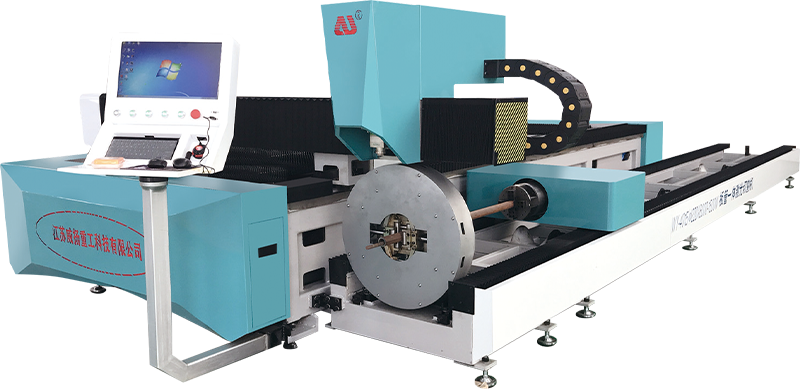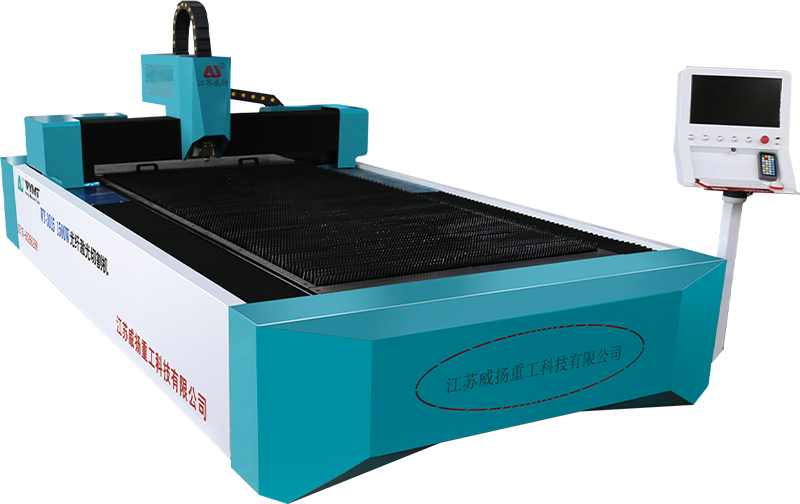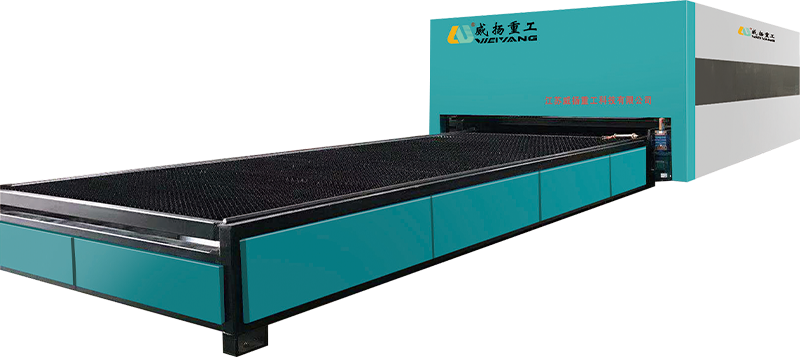How does the control system of the Pure Electric Bending Machine work to allow precise control over bending angles, speed, and force?
The Programmable Logic Controller (PLC) is the central component that drives the operation of the Pure Electric Bending Machine. Acting as the "brain" of the system, the PLC is responsible for processing inputs from various sensors, encoders, and the operator interface. It sends signals to control the machine’s actuators and motors based on the programmed settings, ensuring that the bending operations follow precise instructions. The PLC manages key bending parameters like angle, speed, and force, continuously making adjustments as needed to maintain the desired output. Advanced PLCs used in the control system can handle real-time adjustments and complex sequences, ensuring high accuracy during the bending process. Additionally, smart programming capabilities allow the PLC to adjust bending operations based on feedback, providing greater flexibility and adaptability to different material types or thicknesses.
The integration of servo motors with servo drives provides unmatched precision in positioning, speed control, and torque regulation in the Pure Electric Bending Machine. Servo motors are equipped with high-resolution encoders that constantly monitor the position of the machine’s axis. These motors are highly responsive and can adjust their speed and direction instantly, based on commands from the PLC. This enables the machine to precisely control the bending angle and force in real-time. Unlike traditional systems that rely on mechanical linkages or hydraulic pressure, servo-driven machines offer smooth and accurate adjustments, improving both the quality and speed of bending operations. The combination of servo motors and servo drives also ensures that the system operates with minimal mechanical wear and has low maintenance requirements, providing long-term reliability.
A key feature of the Pure Electric Bending Machine’s control system is its closed-loop feedback mechanism, which ensures that the machine operates within the defined parameters throughout the bending cycle. In this system, the machine uses various sensors, such as position sensors, force sensors, and load cells, to provide real-time feedback on the machine’s operation. Position sensors track the exact angle of the machine’s moving parts, ensuring that the desired bending angle is achieved. Force sensors monitor the load being applied during the bending process, ensuring that the applied force does not exceed the material’s capacity. This constant feedback allows the PLC to make instantaneous adjustments to the motor’s speed or force, ensuring optimal bending performance and preventing material damage. In high-precision applications, this closed-loop system is critical for ensuring that every bend, regardless of complexity, adheres to the exact specifications.
The Human-Machine Interface (HMI) serves as the primary operator interface, allowing users to input parameters such as bending angle, bending speed, and force. The HMI enables the operator to monitor real-time data such as machine position, speed, and force, which are visually represented on touchscreen displays or graphical interfaces. This simplifies the task of adjusting machine settings and gives operators full control over the bending process. In modern systems, the HMI is often equipped with multi-touch screens and advanced graphics, which enable intuitive control and ease of use. The HMI also provides diagnostic and maintenance information, allowing for quick troubleshooting and minimizing downtime. Additionally, custom programs can be stored in the HMI, allowing operators to switch between different bending operations quickly and efficiently.






